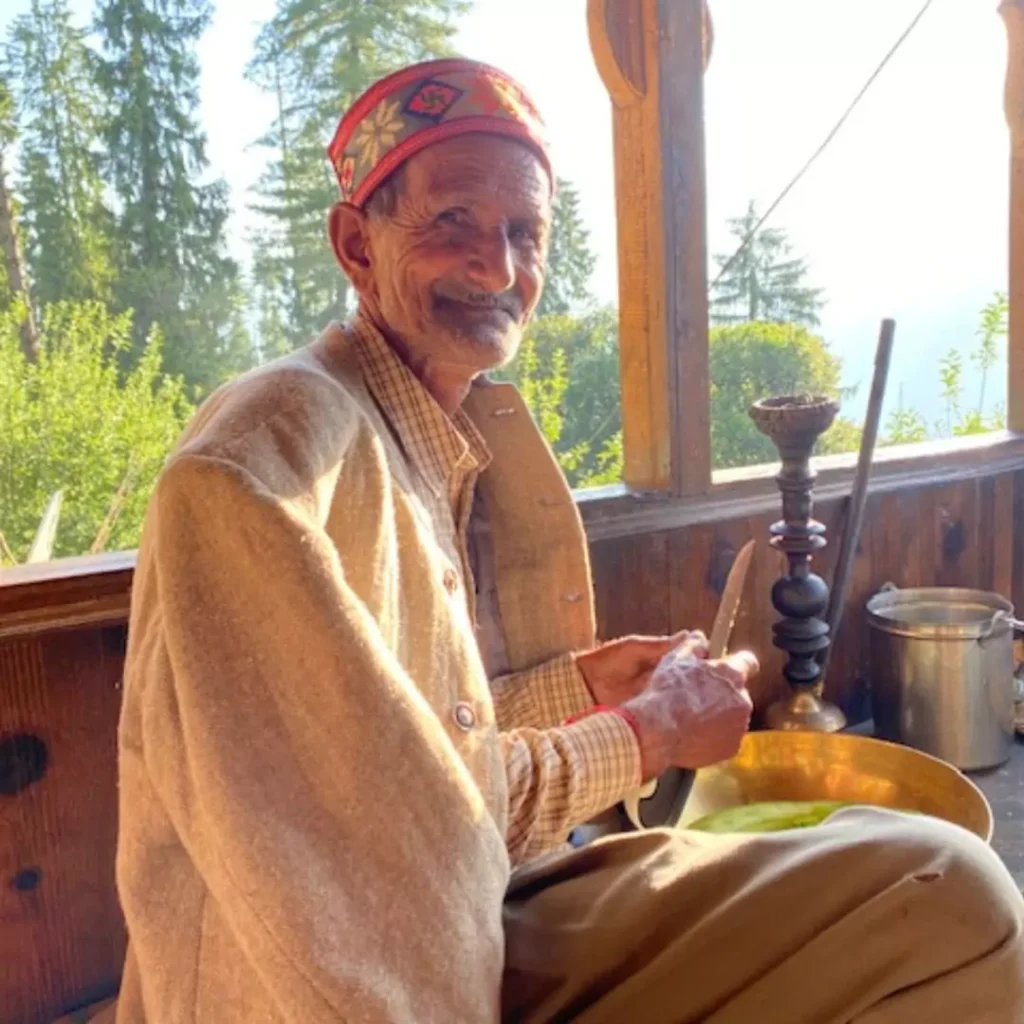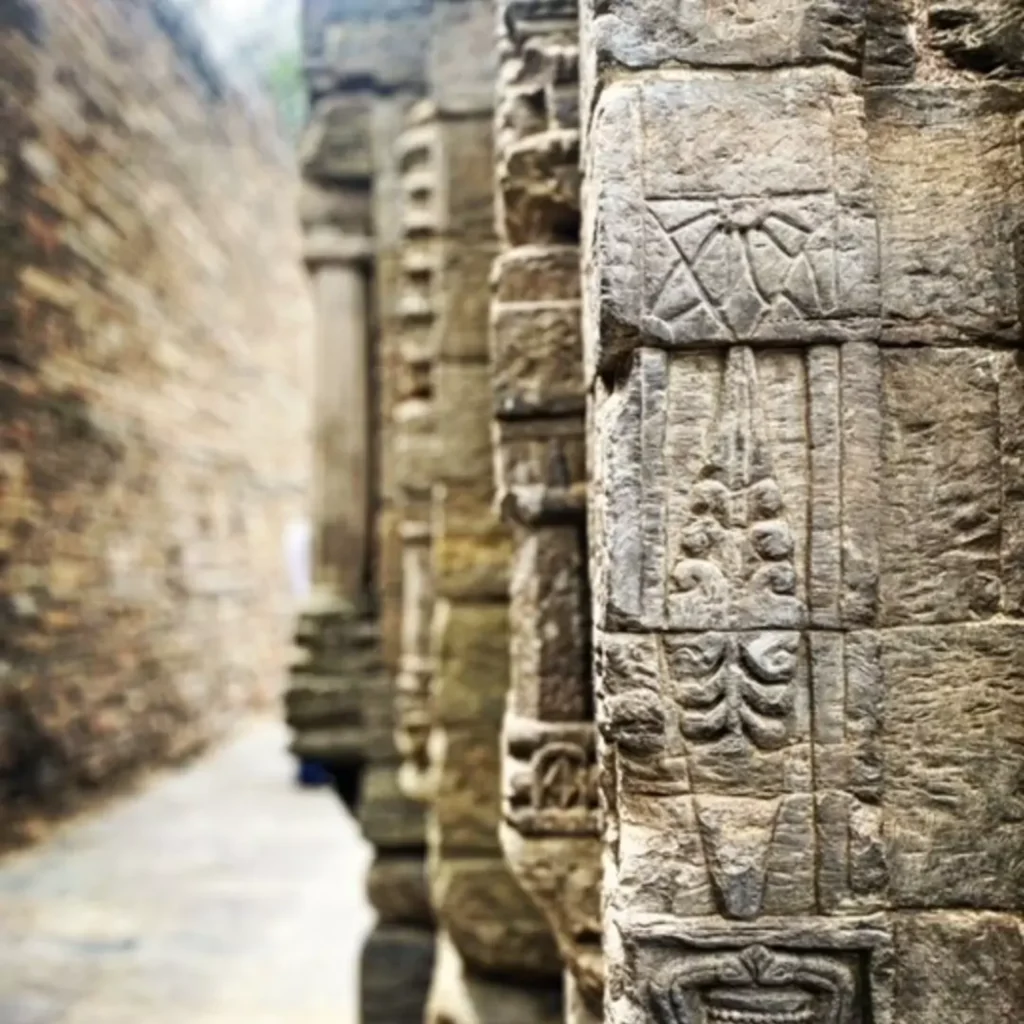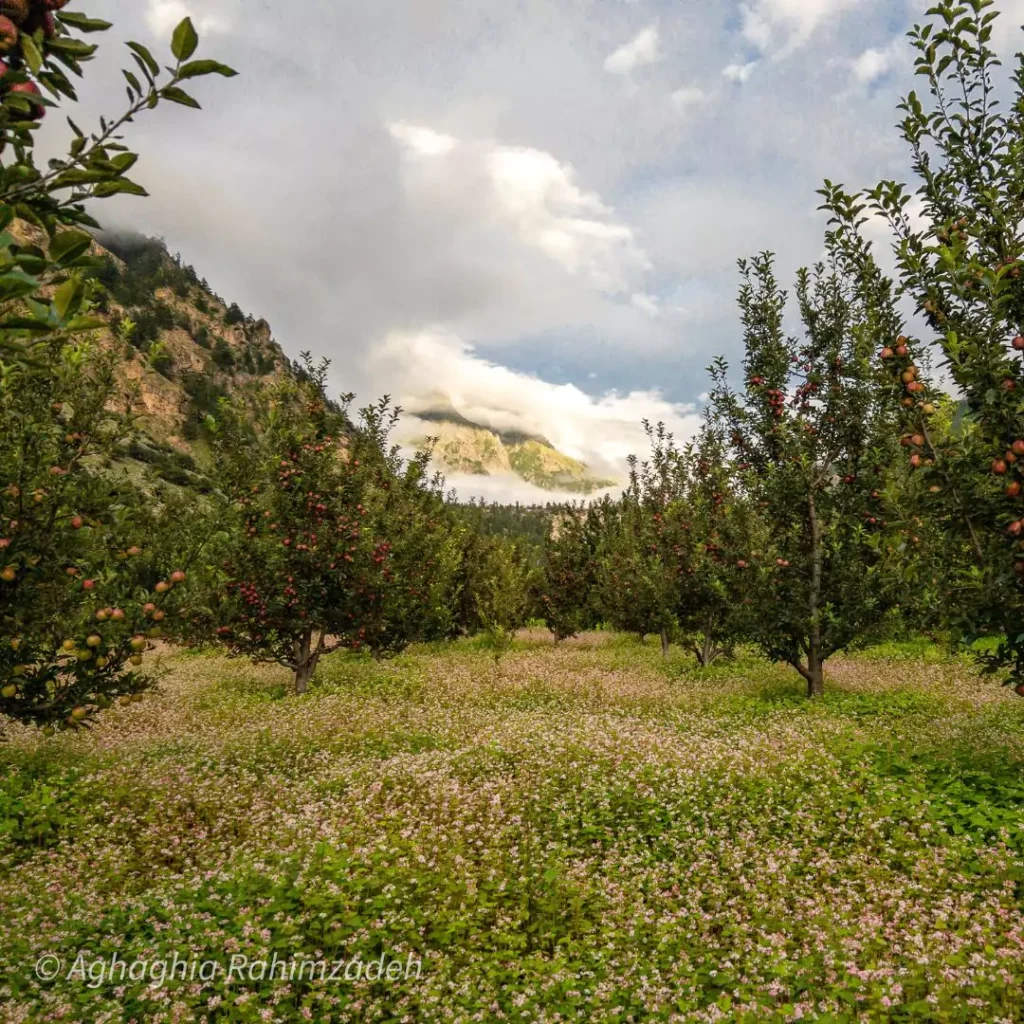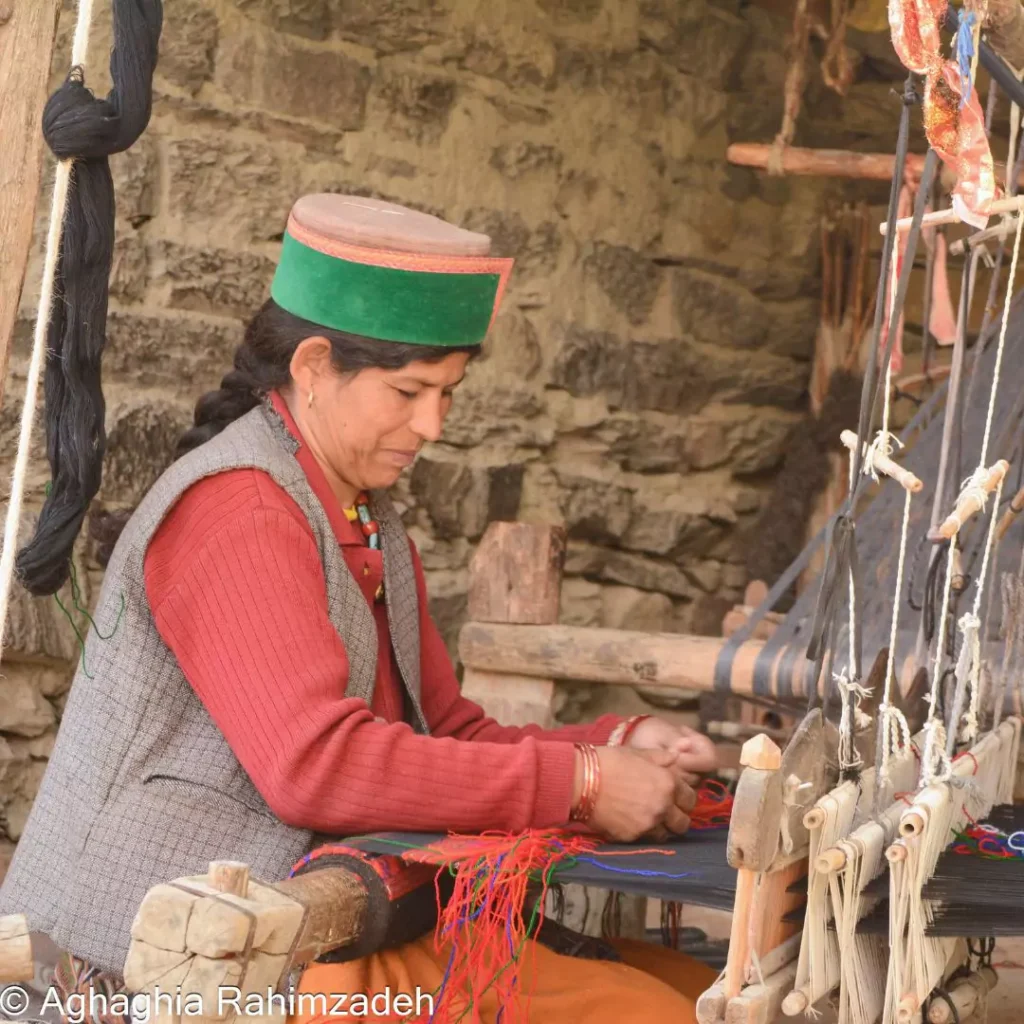Overview
At the Himalayan Conservation and Preservation Society (HCPS), our interdisciplinary research initiatives are deeply rooted in the social sciences, specifically, applied anthropology and environmental studies. We are committed to conducting ethnographic research that not only advances academic understanding, but also directly impacts communities. By engaging with local populations and involving them in our projects, we ensure that our research is relevant and beneficial at the grassroots level.
Why Choose Our Research Projects
HCPS interdisciplinary research projects offer an invaluable opportunity for students to gain hands-on experience in applied and environmental anthropology, including non-invasive archaeology, and ethnographic fieldwork to investigate social, economic, cultural, and environmental issues.
Our projects provide a platform for meaningful collaboration, fostering partnerships that prioritize the exchange of knowledge and the empowerment of local voices. By choosing to engage with our research, students, donors, and collaborators become part of a collective effort to make a tangible difference and contribute to the advancement of knowledge. By collaborating with local communities, we investigate best ways to preserve their indigenous culture and traditions, protect endangered species, and promote sustainable practices in the Himalaya.
By collaborating and donating, you become part of this meaningful effort.
Upcoming Research Projects
Wisdom and Traditions of the Western Himalayan Region
This research focuses on documenting and preserving the indigenous knowledge systems and cultural traditions of the region, recognizing their significance in maintaining ecological balance and cultural diversity. Through this project, we aim to create a platform for local voices and traditional wisdom, fostering a deeper understanding of the interconnections between culture and the environment.
The Himalayan Conservation and Preservation Society (HCPS), in partnership with the Himalayan Institute of Cultural and Heritage Studies Foundation (HICHS), a nonprofit based in rural Shimla, is conducting a comprehensive research initiative called Wisdom and Traditions of the Western Himalayan Region. This project aims to document and digitize both intangible and tangible cultural heritage, including the wisdom, traditions, rituals, oral narratives, and songs relating to the flora, fauna, landscape, and mountains of the Western Himalayan region.
Our research seeks to answer critical questions about the successful transmission of diverse traditional knowledge, the evolving usage of sacred spaces, and the interconnectedness of intangible and tangible cultural traditions.
By employing an interdisciplinary approach, we aim to understand the mechanisms that enable the Himalayan peoples to shape and transmit their religious and cultural identities, document intangible cultural heritage, and map both tangible and intangible cultural heritage.
Your support for this project will provide a unique opportunity to scholars in the field to advance knowledge, and preserve the rich cultural heritage of the Himalaya. As a token of our appreciation, funders will receive special privileges such as exclusive access to research updates, invitations to cultural events, and acknowledgment in our published works.
Your contribution will not only aid in documenting and preserving these invaluable traditions, but it will also ensure that these traditions are safeguarded for future generations.
Preserving Myths & Folklore: Conservation and the Harbingers of Change in the Western Himalaya
The folklore of the Himalaya holds a treasury of myths and legends, encompassing stories of plants, forests, waterways, and ancient farming methods. These narratives, often evolving or sadly forgotten over time, contain metaphors for nature conservation. Unraveling these tales requires the expertise of local knowledge bearers and storytellers.
In collaboration with our sister organization, the Himalayan Institute of Cultural and Heritage Studies Foundation (HICHS), the Himalayan Conservation and Preservation Society (HCPS) proposes a research initiative called Preserving Myths & Folklore: Conservation and the Harbingers of Change in the Western Himalaya. The project is dedicated to gathering, preserving, illustrating, and digitizing stories and ensuring their survival for future generations. The project also emphasizes the involvement of local communities, especially children and the elders, in understanding the oral transmission of these myths and legends, and how they might impact conservation and preservation approaches.
The mission for this research is to understand the continuity of the landscape by drawing on the wisdom of our ancestors and seeking appropriate solutions to preserve invaluable natural resources. The project seeks to make the village a focal point for the discussion on the close link between cultural heritage and the environment while investigating sustainable living practices.
This research is of immense significance as it not only safeguards cultural heritage, but also provides vital insights for sustainable environmental practices. Revealing the ancient wisdom embedded in these narratives can inform modern conservation efforts, bridging traditional knowledge with contemporary environmental challenges and solutions.
Given the gravity involving the new epoch, the Anthropocene, and the recent devastating impacts of climate change the Himalayan region, an understanding of the underlying meaning of these myths, legends, and stories becomes increasingly important, as they hold hidden knowledge crucial for conservation and resource preservation. This project offers a valuable opportunity to collaborate with local communities and understand how through their practices, they can preserve cultural heritage and advance environmental conservation.
By supporting this project, you will gain special privileges, including exclusive access to the digitized collection, invitations to events featuring local performances of these stories, and the opportunity to engage with the involved communities.
Your support for this project will also provide a unique opportunity for scholars in the field to document, and therefore investigate solutions to preserve the rich intangible heritage of the Himalaya.
Your contribution will not only aid in preserving these invaluable traditions but also ensure that they are safeguarded for future generations.
Sustainable Tourism in Kinnaur
This research project investigates the socio-cultural, environmental, and economic dimensions of mass tourism and unplanned development in tribal Kinnaur District in the Western Himalaya, a sensitive high elevation mountain region affected by climate change. The project aims to understand whether the Kinnauri tourism industry, and infrastructure development accompanying it are equitable. The research especially examines the role of women and the marginalized sector of the Kinnauri community within the burgeoning tourism economy. We also explore how the trend of outsiders leasing tourism accommodation is causing land use changes and transforming culture, environment, and economy of the region.
If poorly planned or executed, tourism can deplete scarce resources and exacerbate environmental degradation, while its income may not be equitably accessed and distributed. Understanding how Kinnaur manages these impacts on its resource base provides a window into human adaptation to accelerated environmental change, illuminating how vulnerable people perceive and engage with risk.
This longitudinal research investigates environmental change and adaptation through the interdisciplinary lens of political ecology drawing on geography, anthropology, climate change adaptation and tourism literature. Kinnaur is an ideal area to study the intersection of tourism and climate change and understand how adaptation strategies are differentiated by social categories.
The overarching questions driving this research include: 1) How adaptive and resilient is Kinnauri tourism to climate change? 2) How are opportunities and disadvantages from tourism shaped by location and social categories of difference? 3) What are Kinnauris’ perceptions on land use change and transition from growing apples to tourism?
By investigating tourism and its relationship to climate change, this longitudinal research will 1) identify adverse impacts and opportunities for Kinnauri society and environmental sustainability; 2) determine emerging problems associated with climate change and exacerbated by tourism, particularly centered on water, land, and production of waste and pollution; and 3) evaluate which social sectors benefit, or are disproportionately at risk, and whether participation in tourism is shaped by different social variables.
Reviving and Preserving Traditional Weaving Practices and Designs of Tribal Kinnaur and Kullu Districts
This participatory research proposes to investigate handloom weaving practices of the Kinnauri Scheduled Tribes and the Kullu people of the Western Himalaya. The project aims to create an archive of the traditional weaving motifs, patterns, and designs of Tribal Kinnaur, many of which are on the brink of extinction. The Kullu region on the other hand, has a vast repertoire of motifs, patterns, and designs in circulation but the context has lost meaning. The revival of these designs and motifs will be significant in the preservation of both Kinnauri and Kullu culture and identity.
At a time when modernization and mass production is moving forward at a rapid pace, traditional handloom weaving practices, motifs, patterns, and designs are in jeopardy. For centuries, various communities around the world have used hand loom weaving as an ancient art form with social, cultural, historical, and economic implications. Besides producing fabric for functional use, woven items are an integral part of a culture, signifying community identity, and heritage.
This interdisciplinary and inter-district ethnographic research aims to revive, document, and preserve the traditional weaving practices and motifs of both Kinnaur and Kullu Districts. In participation with local Kinnauri master weavers, we aim to locate old textiles that include designs that are no longer in use by contemporary weavers. This research aims to document these designs while digitizing them in an archive that will be preserved for future generations. Kinnauri weavers participating in the project will begin to incorporate these old designs in their contemporary weaving.
For the Kullu region, we aim to see the evolution of the motifs, designs, and patterns historically, and how these have adapted to a contemporary tourist market. We also aim to document the spread of different motifs, designs, and patterns in other material culture within Kinnaur and Kullu. This will allow us to compare the context and meaning both within and between the two regions.
Future broader impacts of this research project include creating a sustainable weaving cooperative that incorporates lost designs in textile weaving using local wool and natural dyes. This cooperative will contribute to empowerment of Kinnauri women, especially widowed or divorced, by offering financial security and independence.




